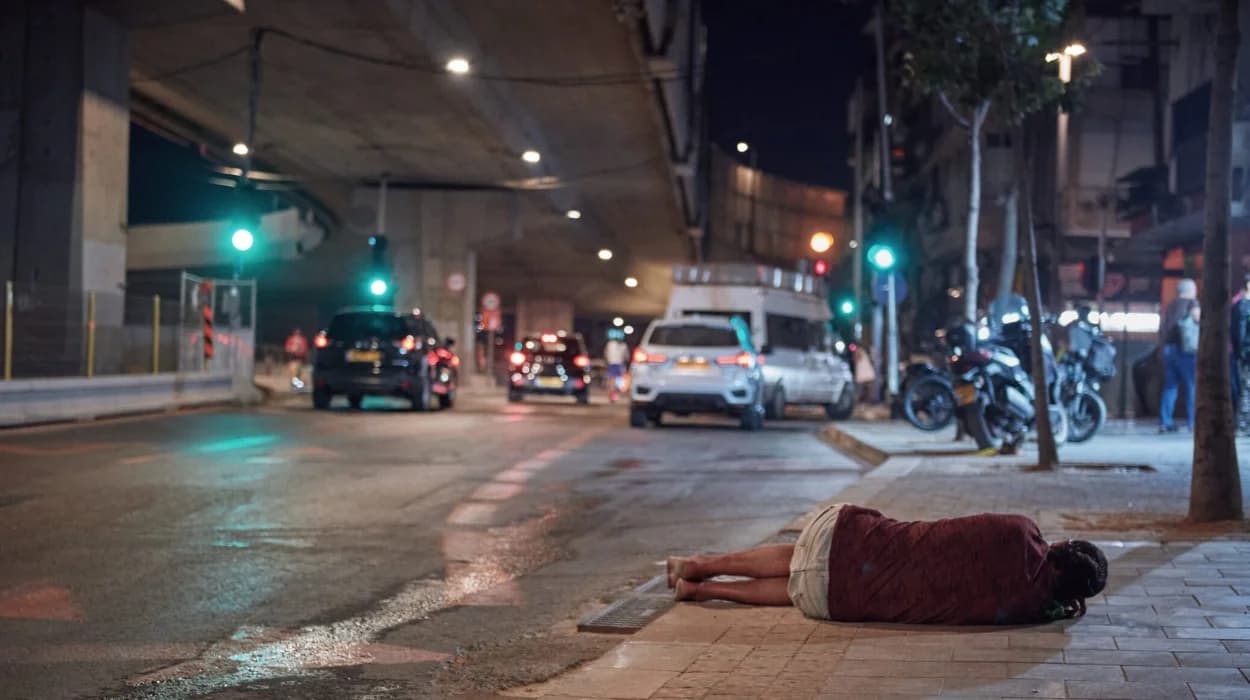Executive Summary: Haifa is facing a growing
crisis as the number of street dwellers increases, leading to severe challenges
in managing public spaces. Authorities and community members are grappling with
the social, economic, and safety implications of this phenomenon.
Happening with the street-dwelling issue in Haifa
Haifa, a major city in Israel, is currently experiencing a
significant rise in the number of people living on the streets. This surge has
overwhelmed public spaces, creating a complex social problem that affects
residents, local businesses, and municipal authorities alike. The phenomenon is
described as "getting out of control," signalling an urgent need for
intervention and sustainable solutions.
Why is the street-dwelling phenomenon escalating in Haifa?
Several factors contribute to the escalation of homelessness
and street dwelling in Haifa. Economic hardships, lack of affordable housing,
and insufficient social support systems are primary drivers. Additionally,
mental health issues and substance abuse among the homeless population
exacerbate the situation, making it more difficult for authorities to provide
effective assistance.
Authorities responding to the crisis
Municipal authorities in Haifa have acknowledged the
severity of the problem and are attempting to address it through various
measures. These include increasing social services, offering temporary
shelters, and coordinating with non-governmental organisations to provide food,
medical care, and counselling. However, the scale of the issue has outpaced the
current capacity of these interventions, leading to calls for more
comprehensive policies and increased funding.
What impact does the street-dwelling crisis have on Haifa’s public spaces?
The growing number of street dwellers has led to
overcrowding in parks, sidewalks, and other communal areas, restricting access
and usability for the general public. Business owners report a decline in
customer traffic due to safety concerns, while residents express discomfort and
anxiety about the changing environment in their neighbourhoods. Public
cleanliness and maintenance have also suffered, further complicating the city’s
efforts to maintain a welcoming urban atmosphere.
What are community members saying about the situation?
Local residents and business owners have voiced mixed
reactions. Some express empathy and call for more humanitarian approaches to
support the homeless population, while others demand stricter enforcement of
public space regulations to restore order. Community groups are organising
initiatives to raise awareness and provide direct assistance, but they
emphasise the need for coordinated action involving government agencies.
Are there any expert opinions or analyses on the issue?
Urban planners and social policy experts highlight that
Haifa’s street-dwelling crisis reflects broader systemic challenges faced by
many urban centres worldwide. They stress the importance of integrated
strategies combining affordable housing development, mental health services,
and employment programmes. Experts warn that without addressing root causes,
temporary fixes will only delay the worsening of the problem.
What are the next steps for Haifa to manage the crisis effectively?
To curb the street-dwelling phenomenon, Haifa must
prioritise long-term solutions that balance social welfare with urban
management. This includes expanding affordable housing projects, enhancing
social safety nets, and fostering partnerships between government, non-profits,
and the private sector. Public engagement and transparent communication will be
crucial to building consensus and mobilising resources.
